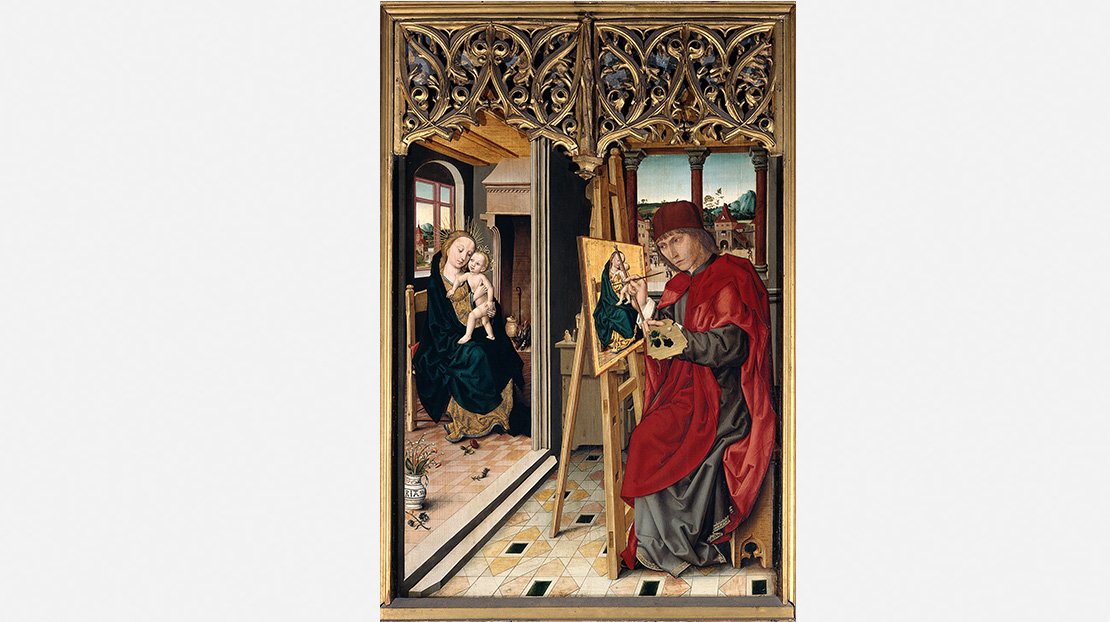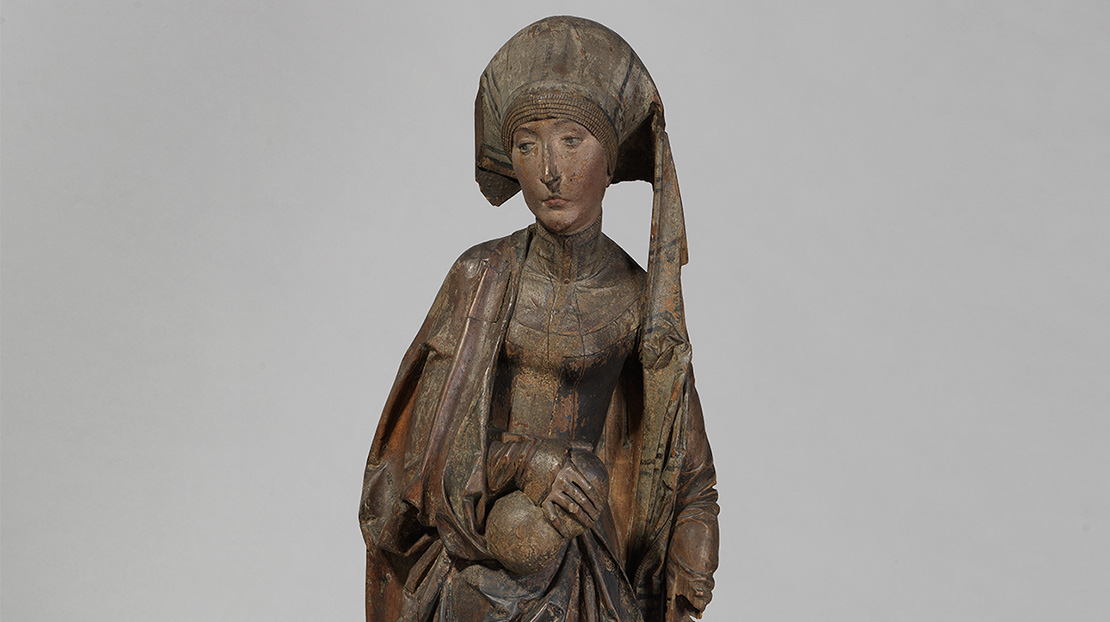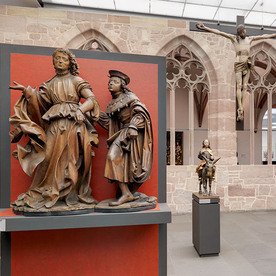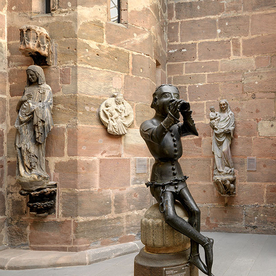Late middle age
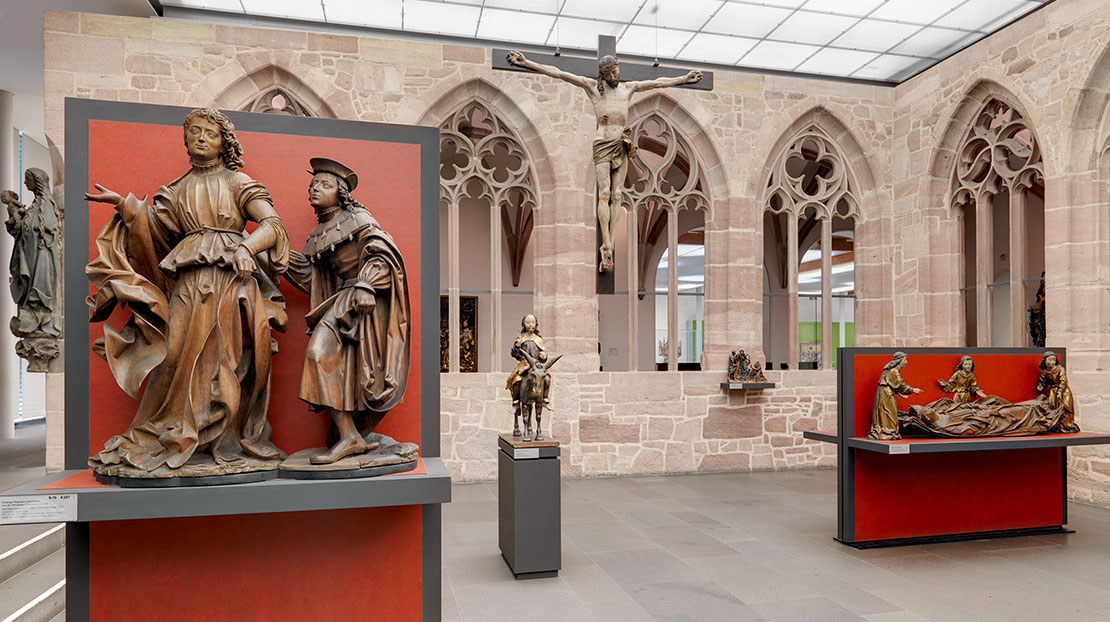
Themes of the exhibition
Pictorial art works of the 14th and 15th century occupy a special position in the museum's holdings. The collection boasts numerous Nuremberg artworks in wood, stone and clay as well as panel paintings produced in that urbane Frankish imperial city. In addition to these works, primarily exhibited in the historical buildings of the old Carthusian monastery – in the church, cloisters and refectory – sculptures and paintings from other German-speaking regions deserve special attention. These include the panel portraying the Annunciation by Konrad Witz from Basel, paintings by Hans Holbein the Elder who worked in Augsburg, and the Cologne school of painters from the circle of Stefan Lochner, sculptures by the Styrian Hans von Judenburg, Tilman Riemenschneider from Würzburg and Hans Klocker, who practiced in Brixen. Fabulous works from Westfalia, Bavaria and Swabia, Austria, the Rhineland, Thuringia and Saxony paint a vivid picture of the status of the arts, life and worship at the end of the Middle Ages.
One of the most elegant fine art objects of the Late Middle Ages is the altarpiece. From the 14th century, it was common to decorate altars with box-shaped attachments. While most of these shrines house figures, their wings are painted panels or reliefs. Many of the exhibited works have these origins. They include the Coronation of Mary by Hans von Judenburg from the parish church of Bozen, produced in around 1425. Two altarpieces created in ca. 1500 in West Franconia and Halle an der Saale give an impression of the original context of these now isolated pieces. Crucifixes, palm donkeys and processional staffs also underline the importance of the arts in ecclesiastical worship.
Examples of objects
Exhibition rooms

Information and Services
Plan Your Visit
Opening Times
Location and Approach
GNM Museum Shop
FAQ
Library
Branches
Contact

